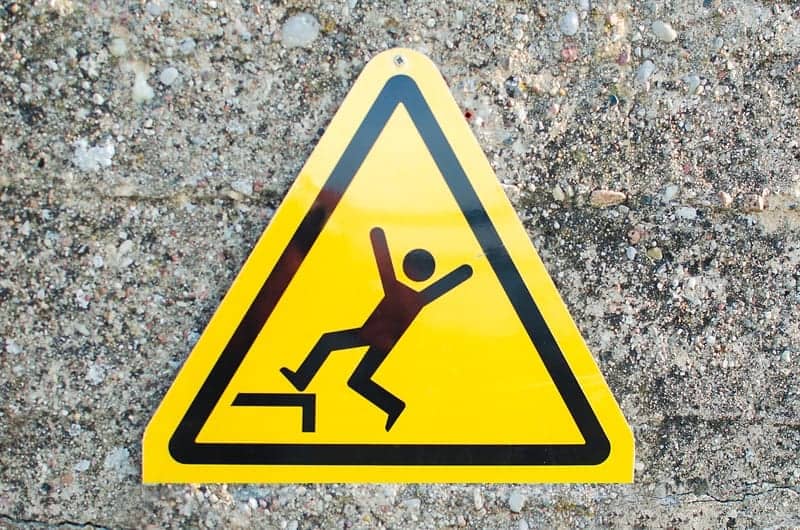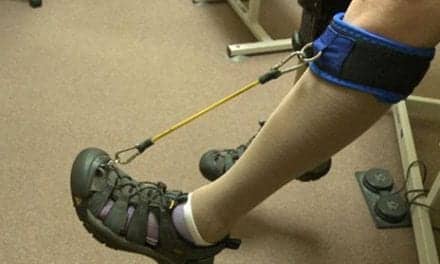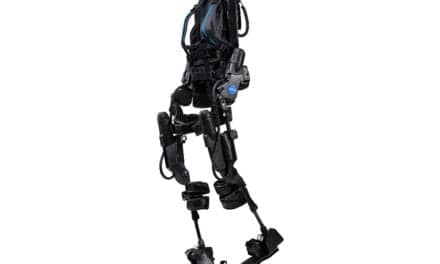OneStep, a physical therapy app that leverages smartphone sensors to provide lab-level analysis, announces the launch of its fall risk detection capabilities. When a person takes a walk with their smartphone in their pocket, even a 30-second walk (no wearables or equipment needed), the app collects a set of gait measurements. If the person’s recent walks show a pattern of gait measurements associated with a risk of falling, the app will alert care providers. This technology is being deployed together with OneStep’s partners, including physical therapy clinics, throughout the US.
According to the US Centers for Disease Control and Prevention (CDC), falls are the leading cause of injury and injury death in adults over 65 years of age in the U.S. While fall risk analysis can be a great tool to help seniors maintain independence and prevent injuries, it is valuable for many other populations as well – people with disabilities, post-operative patients, those using lower limb prostheses, patients with neurological disorders, athletes recovering from an injury, people who suffer from vertigo, and other use cases of non-weight-bearing injuries that affect gait.
“OneStep has taken a giant leap forward in what digital health can deliver through motion analysis,” said Tomer Shussman, CEO, OneStep. “Previously, gait speed was one of the only factors assessed to determine if someone was a fall risk, but OneStep enables a multifactorial assessment with gait variability to make a more accurate determination of risk – and data collection is more accurate since a person’s movement is assessed in real-life, over time, not just in a clinic or lab.”
OneStep’s science captures gait analytics using only a smartphone. This allows for consistent remote monitoring in a patient’s natural environment and the ability to track multiple changes in gait over time. Using OneStep, providers that are alerted of a trend that may indicate increased probability of falls, can take immediate action to correct gait impairments, provide assistive devices and implement fall safety education before a medical event occurs. In this way OneStep is enabling providers to extend therapy and care outside of the clinic, and employ an ‘anytime, anywhere’ model.
To determine if someone is at risk of falling, OneStep’s gait technology monitors:
- Gait speed
- Stance Asymmetry: Time spent on a single limb (inclusive of single support and double support) and the percentage difference between right and left
- Step Length Asymmetry: Percentage difference in step length in a full stride from right to left
- Cadence: Rate of steps per minute
Through its app, OneStep also monitors other gait parameters as vital indicators and predictors of a musculoskeletal, cardiovascular, cognitive and neurological health. These parameters are part of ongoing research efforts to study their correlation with actual falls, which are tracked by OneStep’s physical therapists and provider partners, and to create state-of-the-art, data-driven tools to assess fall risk even more accurately in the future.
OneStep’s gait analysis is the first to capture gait in a natural setting, and its ease of use contributes to making the OneStep gait database the largest and most comprehensive in the world. This goes beyond physical therapy, providing countless opportunities for research around, and development of, new medical treatments and devices.
To download the OneStep app visit the App Store and Google Play.
[Source(s): OneStep, GlobeNewswire]





